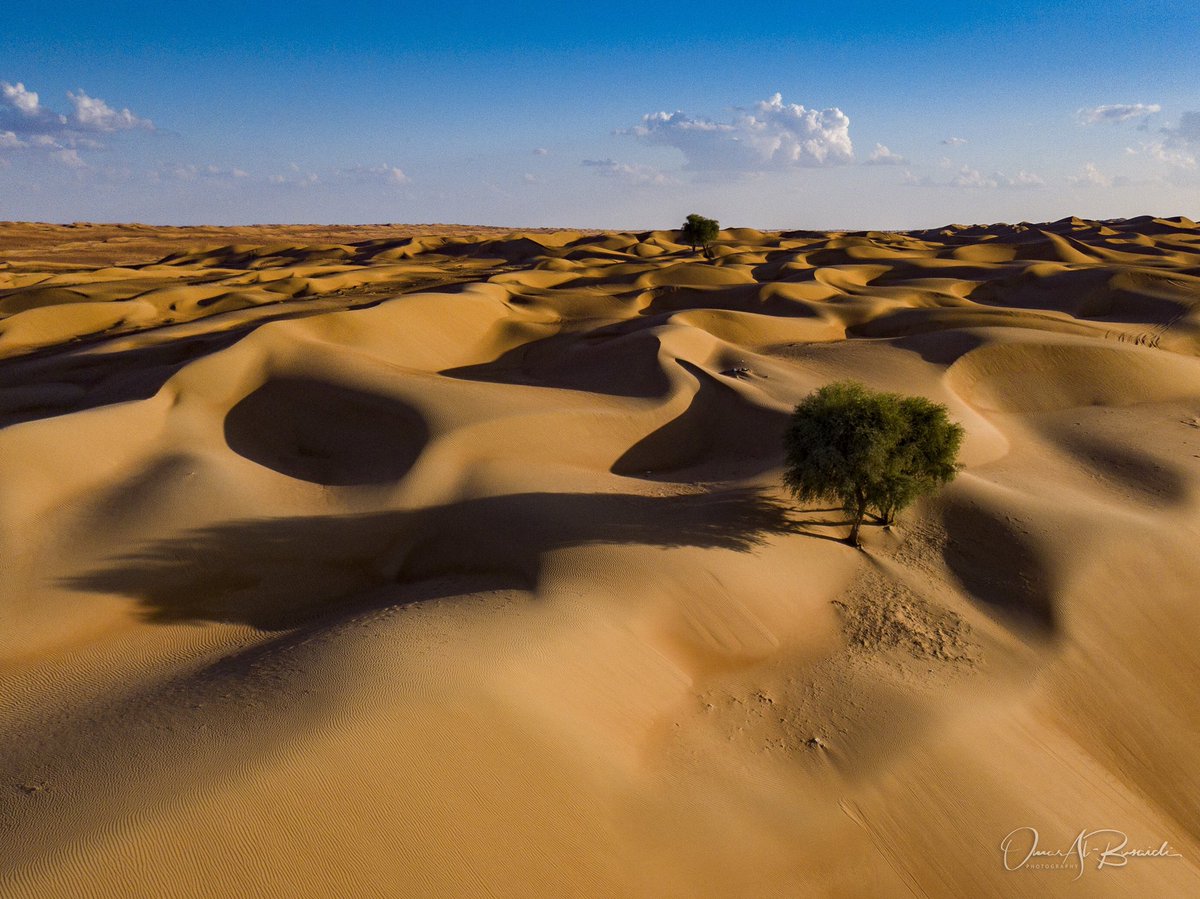

When plagued by whipping desert winds, dunes signal their displeasure with haunting moans that reverberate across the arid landscape. Some emit single-note songs while others mimic a jumbled chorus—but no one knew why they sang these different songs.
In 2012, National Geographic news released an article about this ethereal phenomenon, it read, “When Marco Polo heard it in China, he suspected evil spirits. When residents of Copiapo, Chile, heard it emanating from a sandy hill, they dubbed the peak El Bramador, for its roars and bellows. Scientists today call it “singing sand,” but they’re all referring to the same thing: As sand grains shuffle down the slopes of certain sand dunes, they produce a deep, groaning hum that reverberates for miles.”
Read: https://www.
35 known sand dunes emit a loud rumble that sounds like the low moan of a cello. But how these dunes produce this “music” remains a much-debated mystery. Another vexing question is why different dunes sing different tunes—and how can some even sing more than one note at a time?







This is a natural sound phenomenon of up to 105 decibels, lasting as long as several minutes, that occurs in about 35 desert locations around the world.
For this, they studied sand from two dunes—one in southwestern Morocco and the other in southeastern Oman.
the Omani grains ranged from 150 to 310 microns in size (0.006–0.012 in), which accounted for their broader range of nine notes from 90 to 150 Hz.
When scientists isolated some of the Omani grains by size, their narrower range vibrated at one frequency to produce the same note.
The speed of the moving sand was also a factor. When the grains were all close in size, they moved at similar speeds and consistently produced the same pitch. When the grains varied in size, they moved at different speeds, causing a greater range of notes.
Scientists thought the tones came from vibrations in the dunes’ subsurface layers. But researchers found that they could recreate the sound in a lab by letting sand slide down an incline. That proved that the sand, not the dune, was singing. The sound came from the vibrations of the grains themselves as they cascaded down the dune or an inclined lab structure.
Why exactly this happens, and how the sound itself is created, is still uncertain. However, the Parisian scientist’s suspects that, during an avalanche, grains of sand move together down the dune—each grain colliding with and rolling around its neighbours, creating a constant stream of collisions. Larger grains of sand move around each other at slower rates and vice versa for smaller grains.
Oman’s name is closely associated with the desert. The desert in Oman is an extension of the Bedouin lifestyle with its ancient associations of traditional culture and authentic original customs.
Oman Observer is now on the WhatsApp channel. Click here



